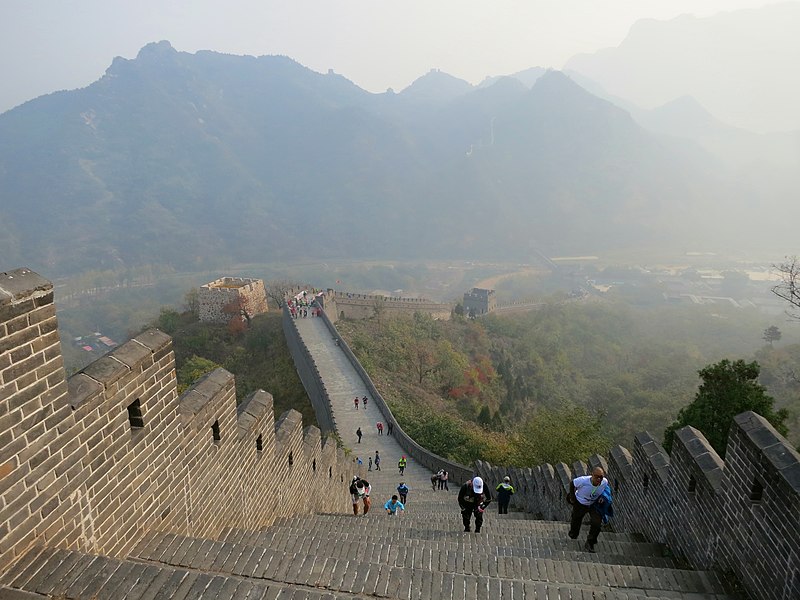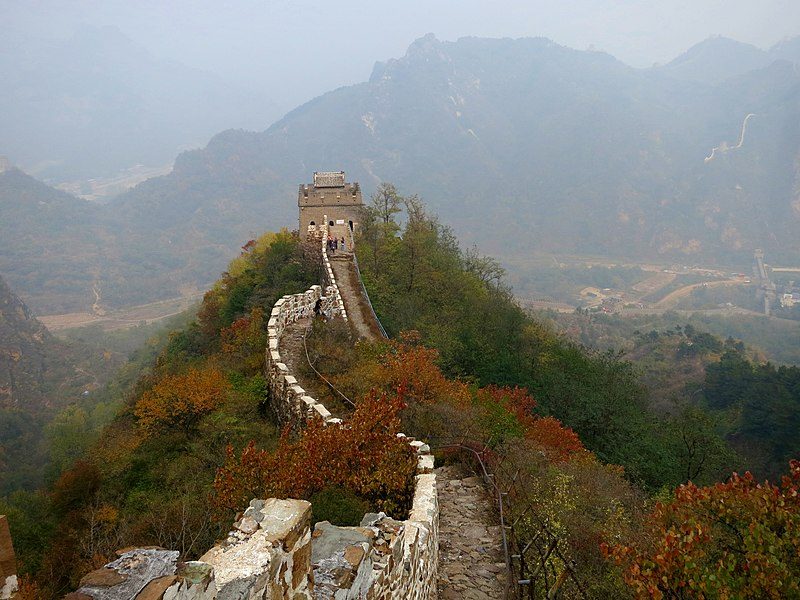The Huangyaguan Pass or the Huangyaguan Great Wall is often called the miniature version of the Great Wall of China. Here’s everything you need to know about touring this section of the world wonder.
The Huangyan Pass

Believed to have been built during the Northern Qi Dynasty, the Huangyaguan Pass was completed during the Ming Dynasty which added the battlements to the stone base installed by their predecessors. Lined with watchtowers, there are both square and circular shaped structures along the wall. Ramparts indicate a complex defense mechanism while the independent outposts located further away also add to the security of the complex.
The Facts
The Huangyaguan Pass is 42km in length and stretches from Beijing’s General Pass to Hebei’s Malan Pass. While there were 52 watchtowers and beacon towers numbering well over a dozen, not all survived to the present day.
Features
Encircled by mountains on both sides, the Huangyan Pass was once an indispensable portion of the Great Wall due to its barracks, turrets, barbicans, and, emplacements. Tourists based at Pan Pacific Tianjin will find that the weapons used by Ming Dynasty soldiers found at the Huangyan Pass are one of the top Tianjin attractions. The Couplet Hall and the Stele Forests with their poems recording first impressions of past visitors is another treat.
Huangyan Water Gate
The watergate at Huangyaguan Pass is another highlight visitors shouldn’t miss. A series of five arches carved out of the base of the wall allows the river to flow across the wall. During times of conflict and war, these arches would be closed off with soldiers lying in wait with gun barrels to defend the waterway.











